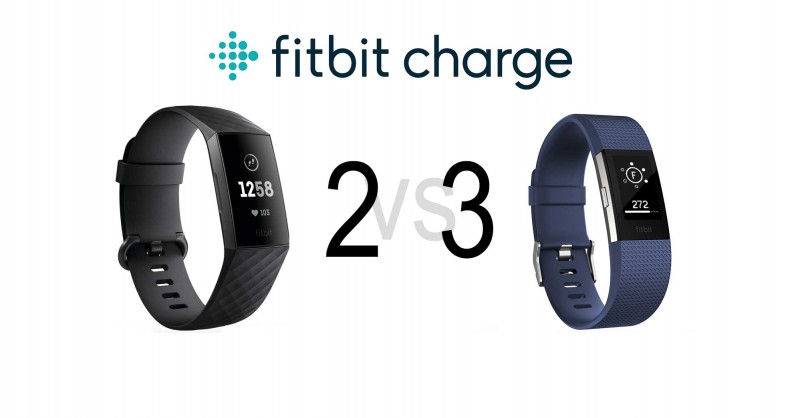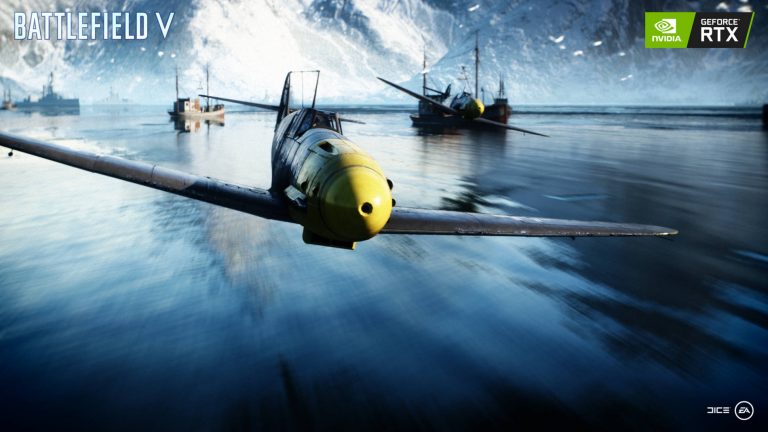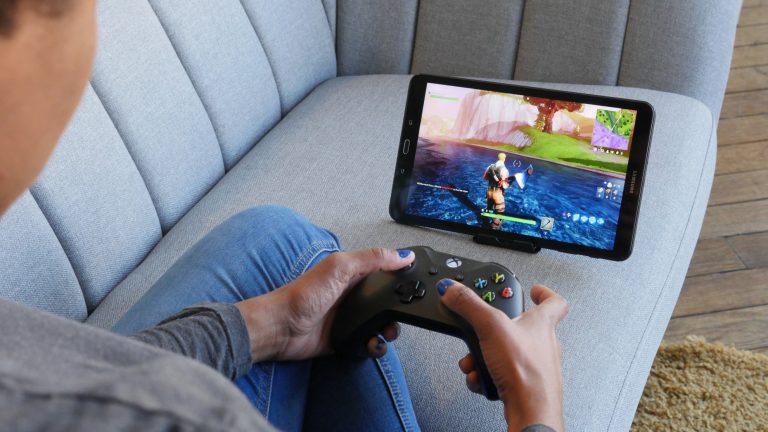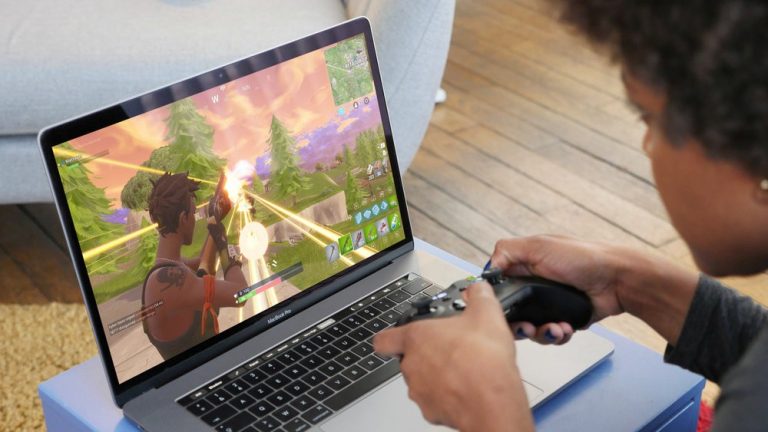Fitbit Charge 2 vs Charge 3 Fitness Activity Tracker, what’s the difference?

Among other things, I will answer the following interesting questions:
- What is new on the Fitbit Charge 3?
- Is it worth upgrading from the Charge 2 to Charge 3?
- New purchase – Charge 2 or Charge 3?
A small note – there are a few less photos than normally available. This will of course be supplemented and updated.
Differences in detail
As often seen in my Fitbit comparisons, we will go into detail about the crucial differences between the Charge 3 and Charge 2 by Fitbit.
Pulse sensor
Both devices have a pulse sensor which measures your pulse continuously. That is what characterises the Fitbit Charge series and it is of extreme importance for the quality and usability of fitness trackers. Fitbit uses in-house PurePulse technology. More about this can be found on the manufacturer’s website. In this regard, Fitbit has clearly proven itself and I have often praised the manufacturer for this. For this reason, I will not go into further detail about the measurement of heart rate and instead take a closer look at the differences between the two models.
Design
In terms of design, Fitbit has stayed true to the Change series, which I find very good. The slim and compact design with a display made the Charge. This makes the Fitbit Charge* similar to the Fitbit Alta*, which is completely opened without a display.
Fitbit Charge 2
Overall, the Charge 3 is even more compact than the Charge 2. This is how Fitbit managed to fit the device closer to the arm, as the pulse sensor is sunk further into the tracker.
Fitbit Charge 3
I can only give the exact figures for the dimensions of the Charge 3 when I have it in front of me. On the manufacturer’s website, there is an image which indeed does give figures, but these do not seem to be quite right. It would be better to wait and measure the device itself. I also would not mind receiving figures from you if you receive it earlier than I do. Simply put them in the comments or write me an email.
Display
The display remains the same as the Charge 2 without colour. However, the Charge 3 has a touch function, which considerably extends its use. As such, there are also various functions which can be controlled via the display. Of course, it is not as extensive and complex as with the Versa* or Fitbit Ionic. Apps also cannot be installed onto the Charge 3.
Waterproof
Fans of the Fitbit Charge range have been waiting for a long time for this, and now it is here. Fitbit has made the Charge 3 waterproof. With the tracker you can go up to 50 metres underwater. This is a feature which I personally am very pleased about and in my opinion is a highlight of the Charge 3 as well as a difference from the Charge 2. Finally, we no longer have to take off our trackers when going swimming. Better still, swim sessions can be recorded and with pulse rates.
GPS
Both the Charge 2 and the Charge 3 do not have an integrated GPS. For me, this is not surprising because the more expensive model released by Fitbit this year also does not have a GPS module. Here I mean the Fitbit Versa. It would be odd to only equip the cheaper model of the range with the function that is in great demand.



 The new Nvidia RTX graphics cards mark a quantum leap. We explain what they are capable of and whether you should upgrade your graphics card.
The new Nvidia RTX graphics cards mark a quantum leap. We explain what they are capable of and whether you should upgrade your graphics card.
 Is your old
Is your old  The difference is that the computer is not in your home, but you stream the system content from said computer centre to your living room. A 15 Mbps broadband connection is required to use the virtual Windows 10 machine on your old computer (
The difference is that the computer is not in your home, but you stream the system content from said computer centre to your living room. A 15 Mbps broadband connection is required to use the virtual Windows 10 machine on your old computer ( The majority of products on the market these days are compatible with the HDR10 format, an imaging technology that produces a dynamic contrast range by combining darker, more intelligible scenes with high-luminosity scenes. However, there are two different offshoots of this image format (HDR10+, an improved version of the HDR10 technology, and Dolby Vision) and it is easy to become confused by the many different announcements being made by this industry’s various stakeholders.
The majority of products on the market these days are compatible with the HDR10 format, an imaging technology that produces a dynamic contrast range by combining darker, more intelligible scenes with high-luminosity scenes. However, there are two different offshoots of this image format (HDR10+, an improved version of the HDR10 technology, and Dolby Vision) and it is easy to become confused by the many different announcements being made by this industry’s various stakeholders. What do you look for in a
What do you look for in a 